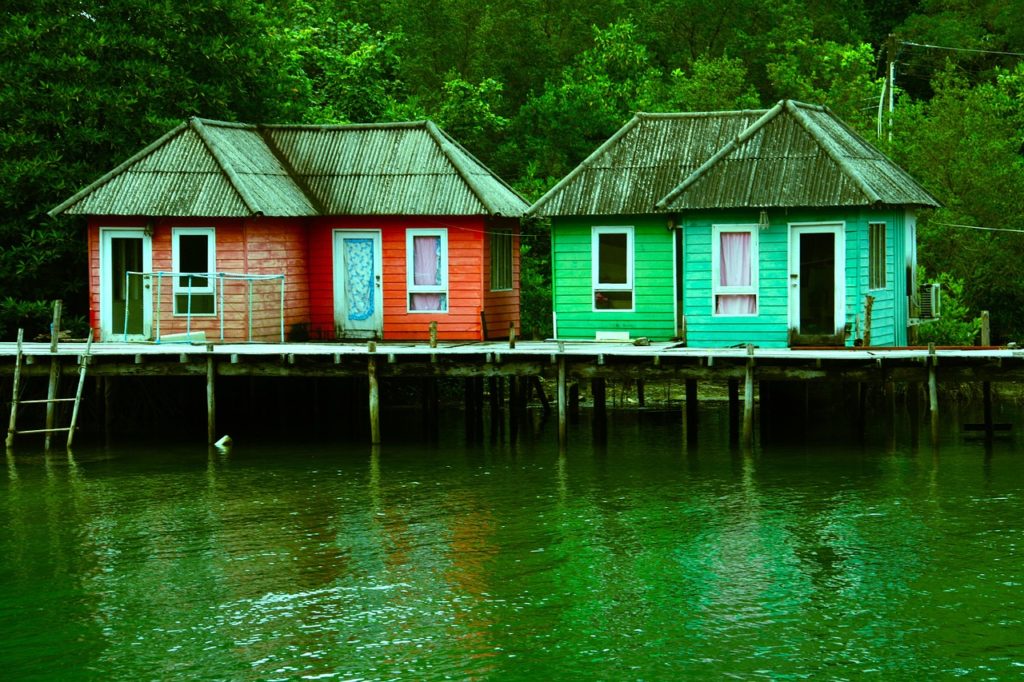All opinions are mine and mine alone.

How Much Can Tiny House Living Actually Save?
Some people shudder at the thought of living in the same place for the rest of their lives. And the idea of paying a mortgage for the next 30 years, being saddled to the bank for the bulk of your best days of your life, seems like a nightmare that you’d rather forget.
Are you feeling adventurous?
Are you thinking about downsizing and moving into a tiny house?
When all’s said and done, this is the best way to avoid 30 years’ worth of mortgage payments that never seem to end!
By the way, the rumors are true.
When you move into a tiny house, you will save a ton of money. It’s unavoidable, as you’ll see if you pay attention to the rest of our explanation.

Upfront and Mortgage Costs on a Tiny House
The Dallas News tells us the average size of a new home in America has risen once again.
The newspaper gathered staggering data. They discovered that in 2015, the size of new homes in the US jumped another 20% when compared to estimates in 2000.
In 2015, the average home size is 2721 square feet, which is a huge amount of space for the typical American family.
When does the growth end?
Soon enough, everyone on the planet will live in a costly McMansion, and most of these homeowners will overextend themselves and eventually have to sell or face foreclosure.
It’s time to stop the bleeding if you own a huge house and an even bigger mortgage.
And speaking of mortgages…
In 2009, the average home sold for $250,000. In 2015, the average price is nearly $100,000 more. Many homes are selling at these inflated prices today.
Enter the tiny house…
Upfront expenses will cost more when you build a tiny house. But overall, when everything is in place, you’ll spend much less than the average homeowner. As a matter of fact, it even costs less to own a tiny home compared to renting an apartment.
Talk about a life altering decision!
On average, tiny homes range between 100 – 400 square feet. If you build this home from scratch, it’s only going to cost around $25,000.
According to Cottage Depot, creator of tiny home and cottage plans, among other things, say it’s best to build your home from scratch.
They inform us, “…the completed D-I-Y cottage would run approximately $17-$36,000. Your bank could probably fund the entire cost with a low interest, home equity line- of-credit on your existing home.”
Average savings when you build a tiny house yourself: $325,000.
Utility Expenses
People living in tiny homes experience another big area of savings as well.
Utilities are expensive, as we all know. If you do things right and add solar power to the mix, your upfront costs will be higher but you’ll save more money over the long run.
It’s more than worth it to keep your utility bills low.
In 2016, the Financial Times reported on the average costs of tiny house living.
The average homeowner in America spends $110 per month on electricity, according to 2015 estimates by the Energy Information Administration. And heating oil costs about $1700 per month.
To help put this in perspective, the average tiny house owner spends about $50 a month to heat their house with propane in the winter. And their electricity bills are about $75 a month.
Average heating savings as a tiny house owner: $1,650 per month.
Average electricity savings as a tiny house owner: $35 per month.
Since you may not own the land where you home is located, you probably will not need the services of lawn sprinkler companies and other providers of services for larger, permanent homes.
At the end of the day, only you know if you’re ready to downsize and live smaller. If the nightmare of owing money to the bank scares the bejesus out of you, it’s probably the perfect time to give this lifestyle some serious consideration.
Author Bio
Pat Sava is a super-connector with Towering SEO and Youth Noise NJ who helps businesses find their audience online through outreach, partnerships, and networking. He frequently writes about the latest advancements in digital marketing and focuses his efforts on developing customized blogger outreach plans depending on the industry and competition.



Speak Your Mind